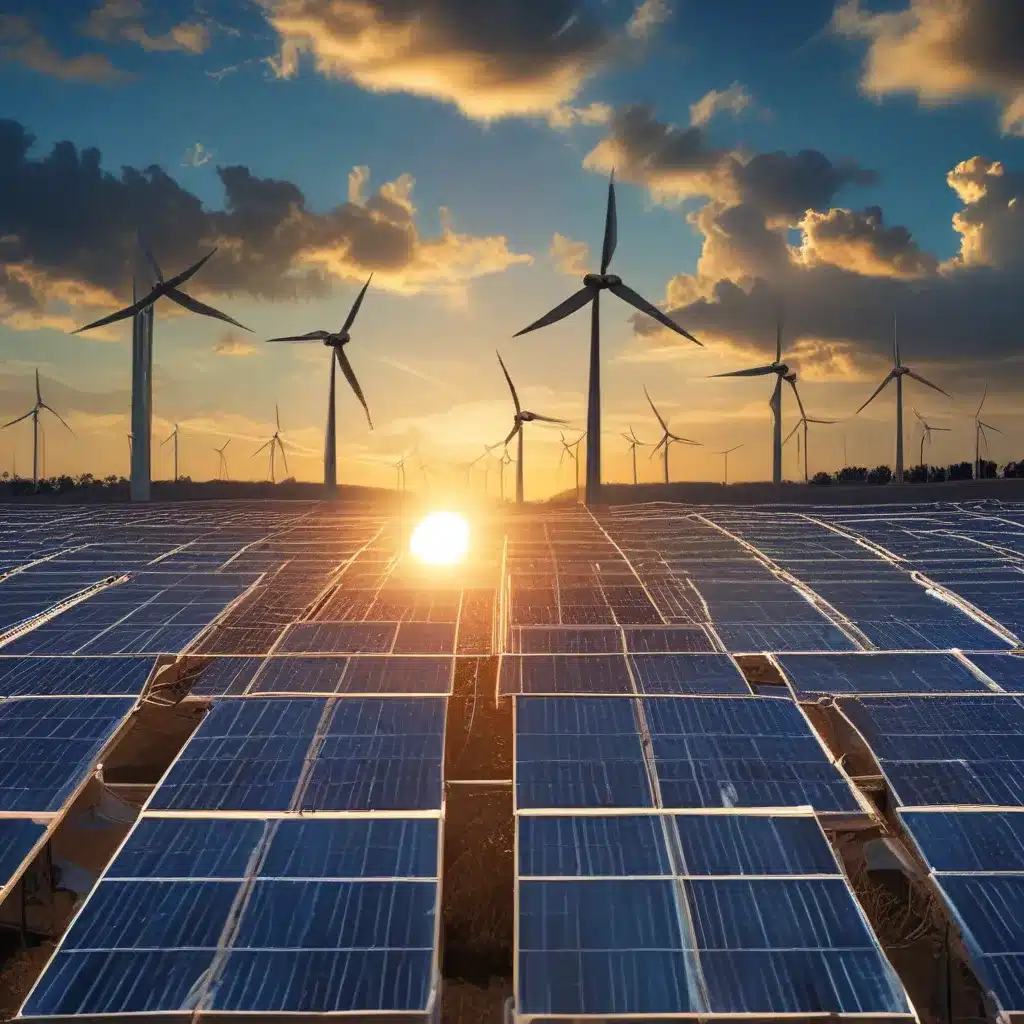
The Climate Crisis: A Global Threat We Can’t Ignore
As the Earth’s temperature continues to rise, the effects of climate change are becoming more and more apparent. From devastating wildfires and hurricanes to melting glaciers and sea level rise, the consequences of our reliance on fossil fuels are becoming harder to ignore. But amidst this gloomy picture, a shining beacon of hope has emerged – solar energy.
Solar energy has the potential to play a crucial role in combating the climate crisis by reducing greenhouse gas emissions and mitigating the impact of climate change on our planet. As a renewable source of power, solar energy can help us transition away from the dirty, unsustainable fossil fuels that have been driving up global temperatures for decades.
The Promise of Solar: Cleaner Air, Less Water Use, and Ecosystem Services
One of the most significant benefits of solar energy is its positive impact on the environment. Unlike fossil fuels, which release harmful pollutants into the air, solar energy generation is virtually emissions-free. This means that by switching to solar, we can improve the air quality in our communities and reduce the incidence of respiratory diseases and other health problems caused by air pollution.
Solar energy can also help reduce water use from energy production. Conventional power plants require large amounts of water for cooling, which can strain already-scarce water resources, especially in drought-prone areas. Solar energy, on the other hand, has a much lower water footprint, making it a more sustainable choice for energy generation.
But the environmental benefits of solar don’t stop there. Solar energy installations can also provide valuable ecosystem services, such as carbon sequestration, pollination, and improved ground and stormwater management. By carefully planning and managing solar projects, we can ensure that they not only generate clean energy but also contribute to the overall health and resilience of the surrounding ecosystems.
The Solar Opportunity: Balancing Growth with Sustainability
As the world’s appetite for renewable energy continues to grow, the solar industry is poised to play a significant role in meeting this demand. According to the U.S. Department of Energy’s Solar Futures Study, solar energy could help the United States achieve a carbon-free electricity grid by 2035, potentially requiring as much as 57 million acres of land – about 0.3% of the contiguous United States.
This rapid expansion of solar energy infrastructure presents both opportunities and challenges. On one hand, the increased deployment of solar power can help us reduce greenhouse gas emissions and mitigate the effects of climate change. On the other hand, the large-scale development of solar projects can also have impacts on local wildlife, habitats, and natural resources.
Balancing Solar Growth and Environmental Stewardship
To address these concerns, the U.S. Department of Energy’s Solar Energy Technologies Office (SETO) is supporting research and collaboration to better understand the interactions between solar energy, wildlife, and ecosystems. By working with a diverse group of stakeholders, including the solar industry, communities, regulators, and environmental organizations, SETO is developing strategies and tools to help solar developers navigate the siting and permitting process while minimizing impacts on the natural environment.
This collaborative approach is crucial, as solar developers, regulators, host communities, and other stakeholders all have a vested interest in identifying strategies that can balance the growth of solar energy with the protection of the surrounding ecosystems. By sharing knowledge, best practices, and field-proven strategies, these stakeholders can work together to ensure that the expansion of solar energy supports both our climate goals and the long-term health of our natural resources.
Embracing Equity and Environmental Justice
As the solar industry continues to grow, it’s important to ensure that the benefits of this clean energy revolution are distributed equitably and that the impacts on underserved communities are carefully considered. SETO’s research on wildlife and the environment includes a strategic focus on equity and environmental justice principles, recognizing that improving conservation outcomes from large-scale solar development will help ensure that natural resources can be enjoyed by all communities in the future.
By engaging early and often with stakeholders, implementing inclusive hiring practices, and performing educational outreach, SETO is working to align its research objectives with the values and needs of underserved communities. This commitment to equity and environmental justice is crucial in ensuring that the transition to a clean energy future is truly inclusive and beneficial for all.
The Road Ahead: Unlocking Solar’s Full Potential
As we continue to grapple with the urgent challenge of climate change, the role of solar energy in combating this global crisis has never been more apparent. With its ability to reduce greenhouse gas emissions, improve air quality, and provide valuable ecosystem services, solar energy offers a sustainable and scalable solution that can help us create a more resilient and equitable future.
By working together to balance the growth of solar energy with the protection of our natural environment, we can unlock the full potential of this remarkable technology and ensure that it plays a central role in our fight against climate change. It’s a journey that will require innovation, collaboration, and a steadfast commitment to environmental stewardship, but the rewards of success are immeasurable – a cleaner, healthier planet for generations to come.
Conclusion: A Brighter Future with Solar Energy
As I gaze out at the sprawling solar arrays and the shimmering panels that line the rooftops of my community, I can’t help but feel a sense of hope and possibility. This technology, which once seemed like a distant dream, has now become a tangible reality, transforming the way we power our lives and our planet.
The journey ahead may not be easy, but with the unwavering commitment of the solar industry, the tireless efforts of researchers and policymakers, and the collective determination of communities around the world, I believe that we can overcome the challenges and unlock the full potential of solar energy in the fight against climate change.
So let’s embrace this solar revolution, and together, let’s build a brighter, more sustainable future for all.


